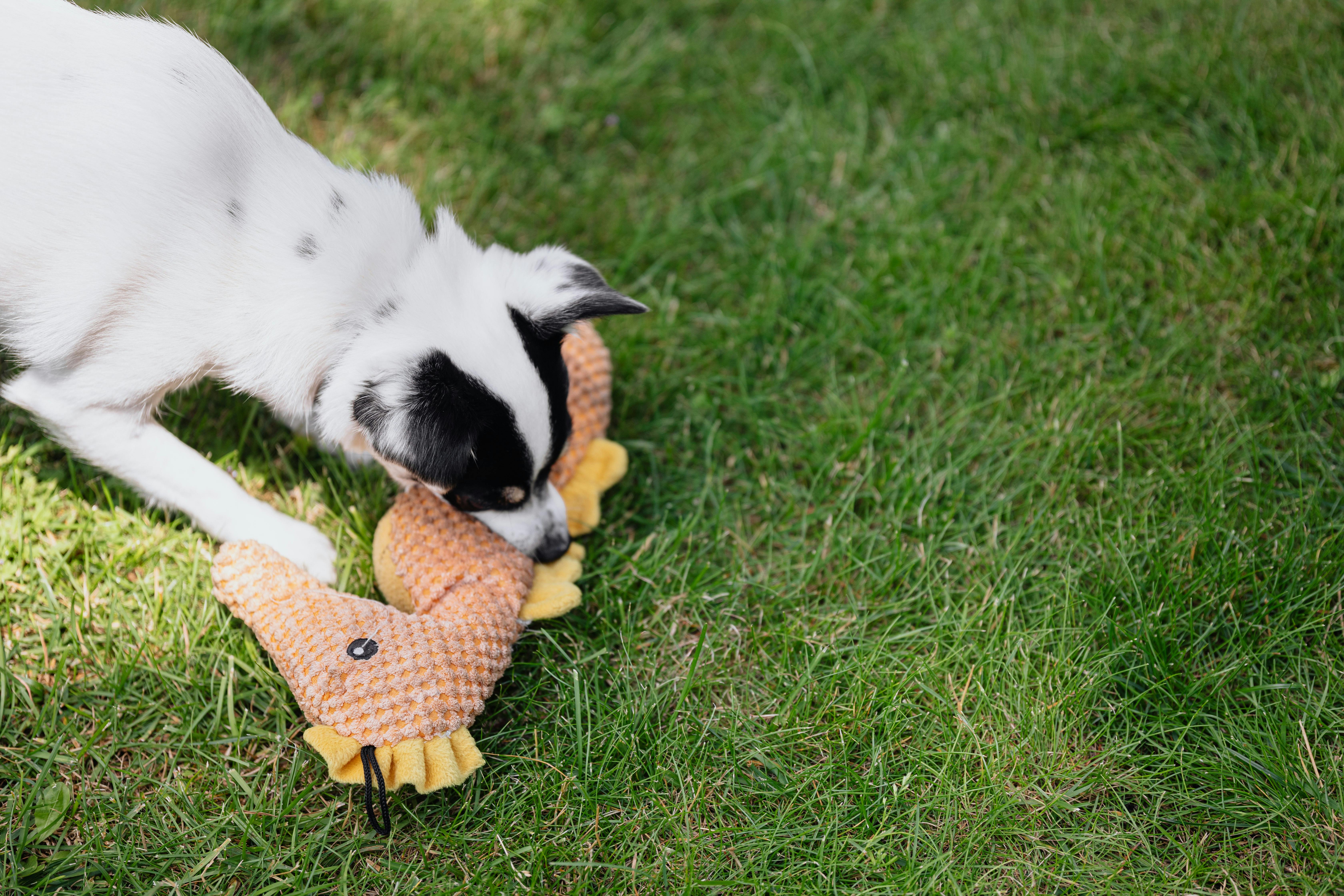The chirping of a cricket can be very annoying for some. But for some it is music to their ears. That is, another cricket or something looking for food. I personally find the singing quite relaxing, especially on a warm summer night. Singing makes me feel that all is right with the world. If you feed crickets to your lizards or tortoises, they can get quite expensive. Raising crickets is not difficult at all and with a little work on your part they will give you plenty of crickets to feed your other pets.
The most common commercially available feeder cricket is the brown cricket, namely the Acheta domestica. You can buy your starter family at a pet store. The male is the one you will hear sing. Usually he sings to attract the female or to drive away another male. It’s usually a good idea to only have three or four males with the females. The females are the ones that seem to have a stinger. Don’t worry, they won’t bite you. This is how they lay their eggs. This lance-shaped appendage is called an ovipositor.
Housing for your crickets should be escape proof and well ventilated. You can buy a ready-made cricket house at a pet store, or you can make your own. It just depends on how much money you want to spend. Aquariums with screen lids may be used. The size of the aquarium you use will depend on the number of crickets you plan to house. I would go with the ten gallon ones, they are easier to move and clean.
Rubbermaid or other plastic storage containers also make good housing. Cut a square from the lid. Be careful when doing this. I use a box knife to do this. Glue the aluminum screen over the hole. I use aquarium sealant for this. If you use the aluminum screen you can place a light over the hole to heat the house. I use patio lights with low wattage bulbs for this. You know, the cheap lights you put on the eaves that you can buy at Walmart. Keep the temperature above 75 degrees.
Crickets will need places to climb and hide. I use shredded newspaper or shredded paper. Old toilet paper tubes or paper towels can be used for hiding. The tubes make it easy to collect the crickets. You can simply pick up the tube and shake it in a tall container.
The females will need a place to lay their eggs. I use a shallow container about 2 inches to 2 1/2 inches deep. It needs to stay moist. You can use vermiculite or peat. I keep an eye on the females, watching when they lay eggs. They stick their “stinger” or ovipositor into the vermiculite or peat. After several days of laying eggs, I take out the container and place it in a house just for the babies to hatch. Keep the containers warm and in about 7-10 days you should have babies.
You can buy commercial cricket food at pet stores. You can also feed mashed chicken eggs. Vegetables like turnip greens or dandelions are a good source of calcium. I put a potato cut in half to give them a source of water. You will have to change the potato frequently so that it does not rot. I have also used a plate with cotton balls soaked in water. This method will also need to be changed frequently. If you use this method in the parent cricket house, sometimes the females will lay their eggs in it. There is a product that is water crystals that can be used. These can be found at pet stores as well.
I have had crickets lay eggs with my bearded dragons and they have hatched. I thought it was fun to watch babies grow. Crickets have been kept as pets in ancient Japan and China due to their singing. They were considered good luck. Did you know that you can tell the temperature by how fast a cricket chirps? The faster they sing, the warmer the temperature.
